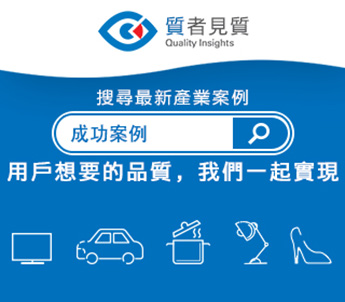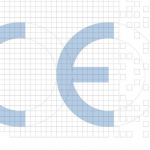ISO 14064 standard for climate change
This series of standards was launched in 2002 with identification of the need for harmonization of diverse GHG programs proliferating at the international, national, regional, and local levels. The development process included over 11 international negotiation meetings and the efforts of 175 experts representing over 45 countries. ISO 14064 Part 1 (Corporate level) and ISO 14064 Part 2 (Project Level) are used to develop documentation and reports called “GHG assertions.” A “validation” or “verification” body (which meets the requirements of ISO 14065, e.g. TÜV Rheinland) can use the process outlined in ISO 14064 Part 3 to audit these GHG assertions as a third party.
WWF Low Carbon Office Operation Programme (LOOP)
WWF LOOP was established in 2010 to enable Hong Kong companies and organisations to become part of the solution to climate change. Companies or organisations engage with a group of like-minded forward-looking leaders to reduce their greenhouse gas emissions generated from office operation via the adoption of managerial and technological best practices, staff behavioural adaptation, and a labelling scheme. LOOP companies and organisations can access a tool-kit that allows measurement and analysis of the carbon performance of an office, formulation of an emissions reduction strategy, and reporting on their improved carbon performance. Quantitative data verification (GHG Easy) and Qualitative staff behaviour assessment (Assessment checklist) are conducted on the implementation of low-carbon practices and compliance with the WWF LOOP labelling scheme.
WWF Low Carbon Manufacturing Programme (LCMP)
LCMP was launched by WWF Hong Kong in 2009, its aim to reduce carbon emissions generated by manufacturing facilities in the Pearl River Delta (PRD) and Yangtze River Delta (YRD) regions, and developing environmental social governance for those manufacturers. By providing manufacturers with a carbon accounting and labeling system, LCMP helps to measure their effectiveness in reducing carbon emissions and equip them with best practices in greenhouse gas management.
Carbon Reduction Certificates scheme
The Carbon Reduction Certificates scheme (renamed from the former Carbon “Less” Certificates) aims to recognise those buildings or organisations that have achieved a verified absolute reduction of overall carbon emissions. Participants must achieve a minimum 3% reduction in their overall carbon footprint against a baseline in order to receive the Carbon Reduction Certificate. The participants must appoint a Qualified Service Provider to verify their carbon emissions by calculating/measuring their net carbon emissions after the implementation of carbon reduction measures.
TÜV Rheinland Hong Kong provides carbon footprint verification services that help enterprises learn more about the conditions of, and possible liabilities and risks associated with, your GHG emissions. We actively participate in regional voluntary carbon accounting and verification schemes, including LCMP and LMCP certification by WWF, Carbon Reduction Certificates, ISO 14064, etc. Carbon footprint assessment allows your company to demonstrate its commitment to corporate social responsibility (CSR) and promotion of sustainable low-carbon development.
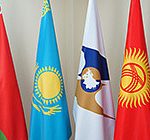







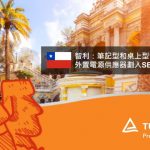
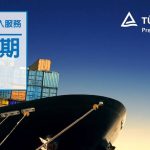



















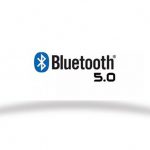

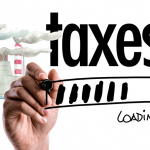

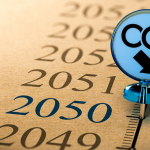

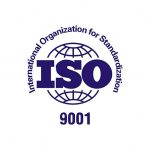
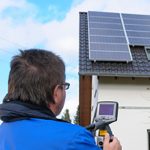







 香港的碳足跡計劃
香港的碳足跡計劃

